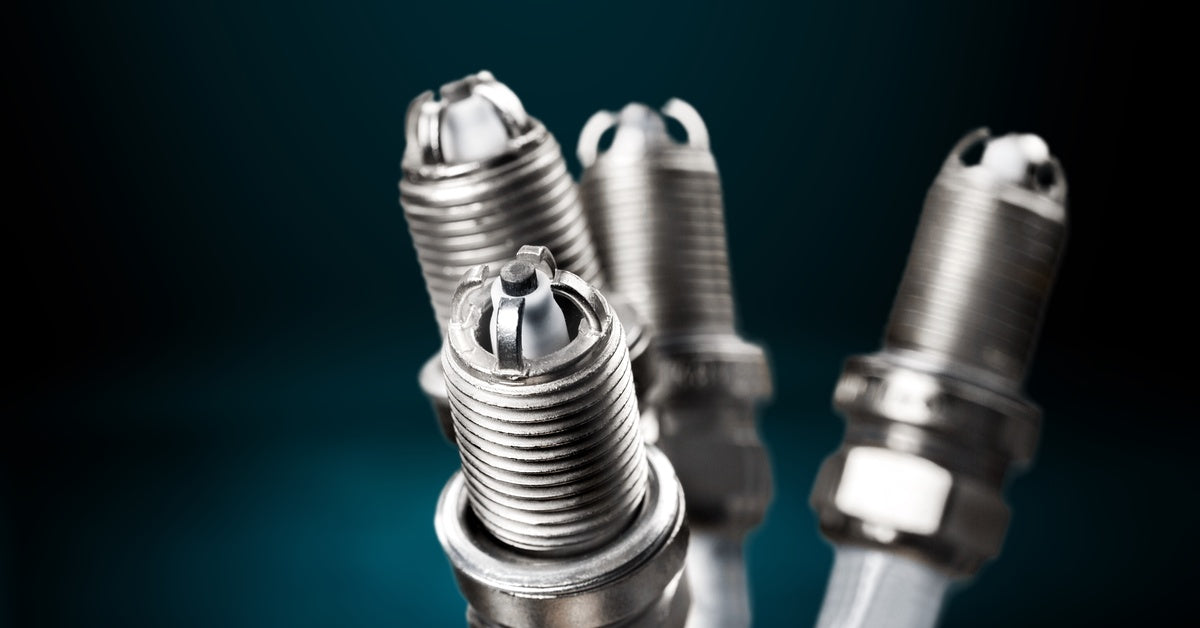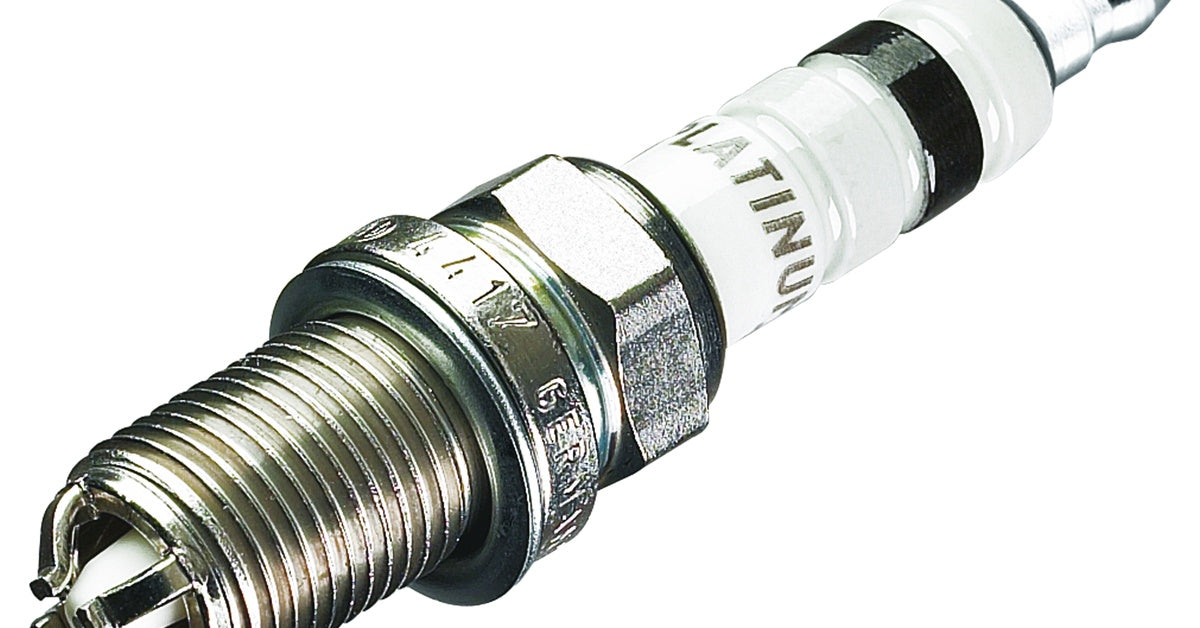
More than a hundred and fifty years ago, the magneto became the first reliable generator to perform the rather complex electrical functions needed to power the earliest petrol engines. However, that's not where our story starts. About 2,000 BC, an elderly Cretan shepherd named Magnes stumbled upon lodestones containing an iron oxide mineral called magnetite, which a naturally occurring magnetic material. Interestingly, all natural magnets are permanent magnets that will never lose their magnetic power.
In 1831, British scientist Michael Faraday was the first to publish results of his experimental work that explained eletromagnetic induction. A year later, French scientific instrument maker Hippolyte Pixii built one of the earliest working models of an alternating current electrical generator that used a hand crank to produce a current pulse. Some of the earliest telephone systems featured a manual-powered (hand crank) magneto to generate the voltage needed to activate the bells of telephones using the same line (party line).
The science behind the device is very basic but the magneto needed a makeover in 1899 by automaker Daimler Motoren Gesellschaft for the ignition system of the internal combustion engines in the Phoenix. To produce electricity, either the flywheel must rotate or the coil must move between the poles of the magnet, which explains why early telephones had a hand crank. The magneto functioned opposite an electromagnet and produced electric current in the coil when a permanent magnet was moved past the bar.
Simple and reliable, magnetos were incorporated in all early automobiles but have since been replaced by battery and/or electronic ignition systems. After all, the goal of any ignition system is to generate an extremely high voltage (20,000 volts) at exactly the right time. Most small lawn mowers, chain saws, trimmers and other small gasoline engines do not need a battery and can use a magneto to generate the power for each spark plug. The main advantage of the magneto ignition system is it does not require any external source to produce a spark of energy.
It is unlikely cars in the future will ever use magnetos However, even gasoline-powered vehicles that do have a battery to power accessories like headlights and electrical starters, may use a magneto to power the engine (e.g. - riding lawnmower). On the other hand, magnetos still have their place in powering spark plugs for high performance engines like those used in aircraft or racing engines, where a super hot spark is needed from a very reliable ignition system.







